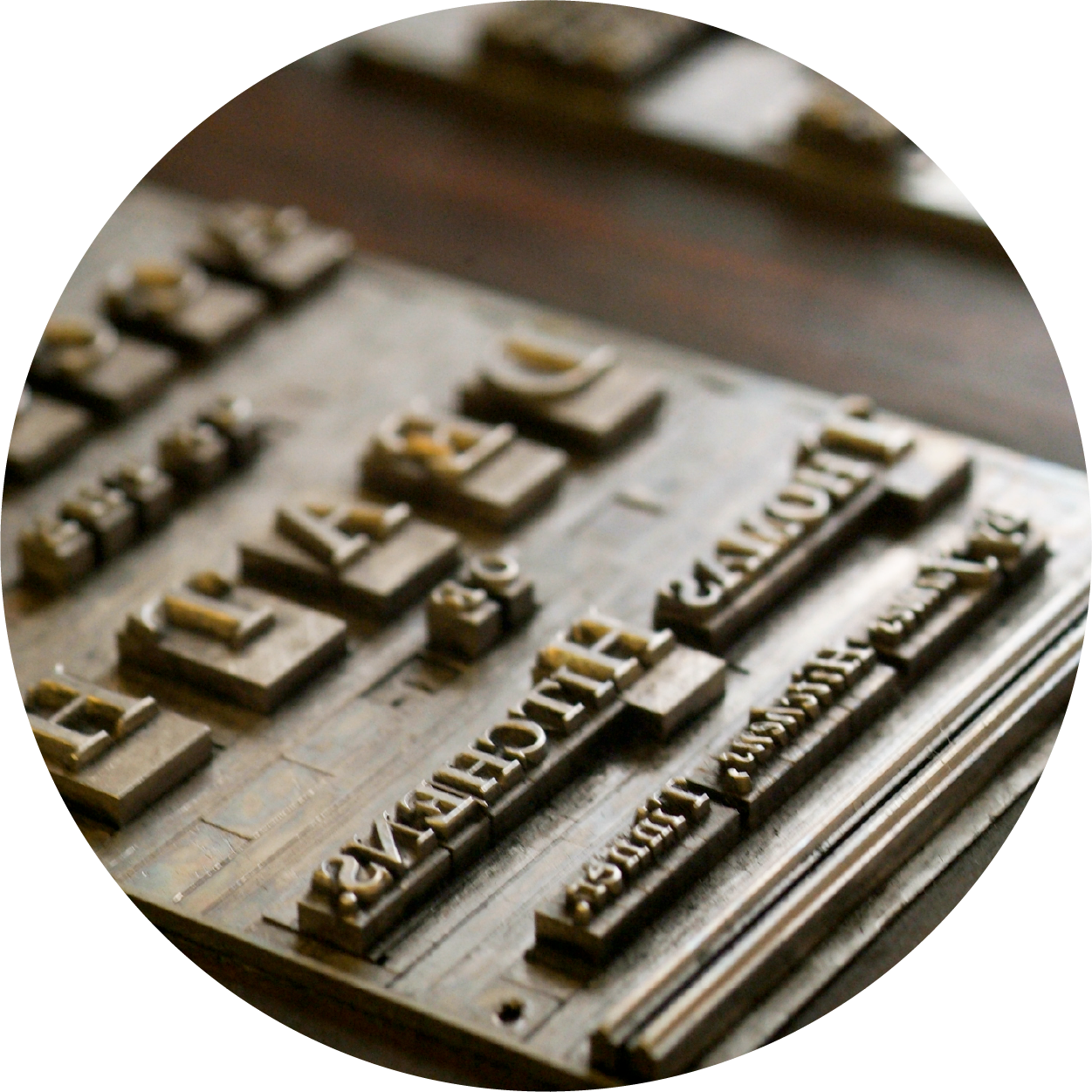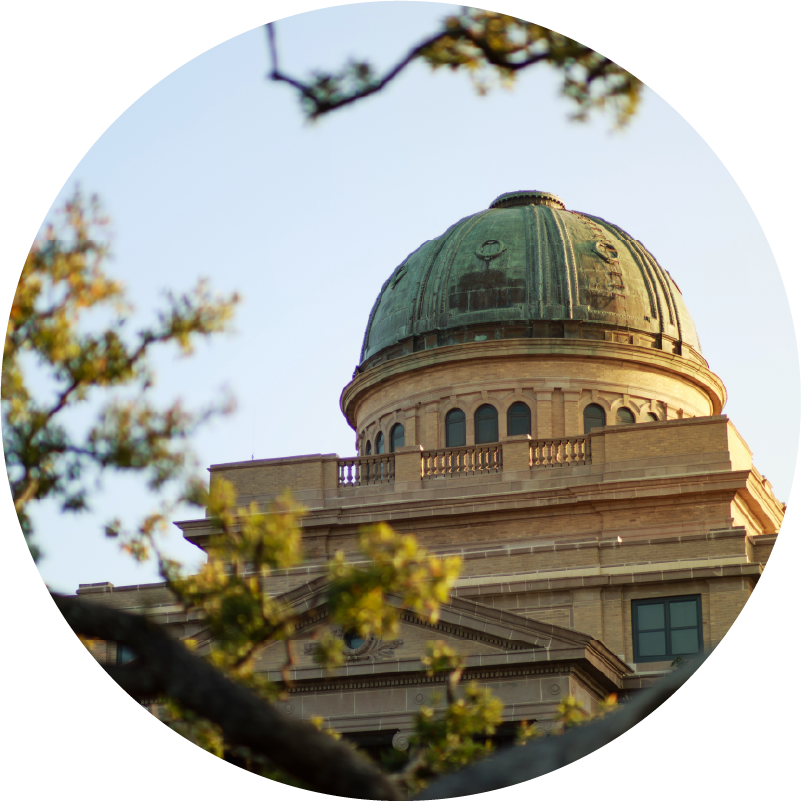Subscribe to our email list! We share news and announcements of Digital Humanities publications, conferences, event and program offerings, grant and funding opportunities, job listings, and CFPs.
Check out our calendar to see what events are coming up next! We regularly host lectures, workshops, and classes, weekly office hours, and monthly Digital Humanities working group meetings.

Applications are now open! Texas A&M faculty, staff, and graduate students may apply. Applications are due by Monday, April 29, 2024. Awards will be announced mid-May 2024.

CoDHR is looking for a current faculty member to join us as an Associate Director. The initial appointment will be for one year with the possibility of renewal, pending review, with an August 2024 starting date. Inquiries, expressions of interest, and nominations should be sent by April 5, 2024.
About
DH Community Announcements include field-related publications, conferences, other external event and program offerings, grant and funding opportunities, job listings, CFPs, and local TAMU events.
To filter Announcements by type, use the buttons below:
The call for proposals for the 2024 Digital Pedagogy Institute (DPI) is now open. The goal of DPI 2024 is to create a virtual space that allows participants to explore diverse approaches to digital pedagogy from a variety of perspectives, including those of undergraduate/graduate students, faculty, librarians, educational developers, and technologists. Proposals are due by April 19, 2024. The conference is scheduled for August 13-15, 2024.
The Journal of Electronic Publishing is calling for proposals for a special issue on publishing and climate change. The special issue invites abstracts for papers of ~6,000-8,000 words reflecting on these issues as well as examples of best (and worst) practices of how publishers (and the industry as a whole) are tackling the current climate and ecological crises, alongside theoretical contributions on publishing’s entanglement with the climate crisis, the Anthropocene, and global capitalism. Proposals are due by April 30, 2024.
The call for proposals is now open for the 24th Annual Meeting of Text Encoding Initiative Consortium (TEI). The conference topic, “Texts, languages, and communities”, aims at highlighting the global outreach of the TEI together with its local adaptations and bringing us together as a diverse and multilingual community, where the exchange of experiences and shared learning will help us reflect on the texts we investigate, the languages we use, and the communities we create. The conference is scheduled for October 7-11, 2024 at Universidad del Salvador (USAL), Buenos Aires, Argentina.
Proposals are being accepted for the Workshop on Machine Learning for Ancient Languages (ML4AL 2024). The Workshop aims to inspire collaboration and support research momentum in the emerging field of Machine Learning for the study of ancient texts. Submissions which tackle low-data, underrepresented, non-Western ancient languages are welcome. The workshop will take place in a hybrid format in Bangkok, Thailand on August 15, 2024. Proposals are due by May 17, 2024.
Trinity College is calling for applications for two Instructional Technologists for The Digital Learning & Scholarship Group. They are particularly interested in applicants in the areas of virtual/augmented reality, GIS, data analytics/visualization, maker technologies, high performance computing, generative AI and digital scholarship. Instructional Technologists will work with Trinity programs, departments, faculty, and students.
Registration is open for the 18th annual Digital Commonwealth Virtual Conference, “Building Connections: Pixels & People”. The keynote speaker is K.J. Rawson, founder and director of the Digital Transgender Archive, as well as chair of the editorial board of the Homosaurus. The virtual conference is scheduled for April 30, 2024 from 9:00 AM to 4:00 PM ET. Registration is $10 for students, Digital Commonwealth members, and people experiencing personal hardship; $25 for non-members.
Michigan State University (MSU) Libraries are hosting a free virtual workshop on how to give spatial information to a historical map in order to incorporate it into a GIS (Geographic Information System), a process called georeferencing. Information can then be extracted from the map and turned into data via digitization. The process will be demonstrated using the open-source software QGIS. The virtual workshop is scheduled for March 13, 2024 from 4:00 to 5:30 PM ET. The workshop is free to attend, however registration is required and seats are limited.
The Center for Teaching Excellence invites TAMU faculty, staff, and graduate students to attend a series of webinars for Spring 2024 entitled “Hear from Peers: Navigating AI in the Classroom”. This workshop series invites faculty members from diverse disciplines to come together and explore the multifaceted landscape of generative AI. Webinars are scheduled weekly from January 24 to April 29, 2024.
Computers & Culture is an interdisciplinary digital pamphlet featuring short essays and notes of relevance to the digital and computers in the wider arts, humanities, and social sciences. Issue 2 features the following contributions: “Mapping Meaning”, Katie Ní Loingsigh; “Digital Poetry in Digital Literacy”, Jim Andrews; and “Recreating the eleventh century musical sequence Victimae paschali laudes using Max”, Stace Constantinou.
The University of Minnesota Press has published What We Teach When We Teach DH: Digital Humanities in the Classroom edited by Brian Croxall and Diane K. Jakacki. This book highlights how DH can transform learning across a vast array of curricular structures, institutions, and education levels, from high schools and small liberal arts colleges to research-intensive institutions and postgraduate professional development programs.